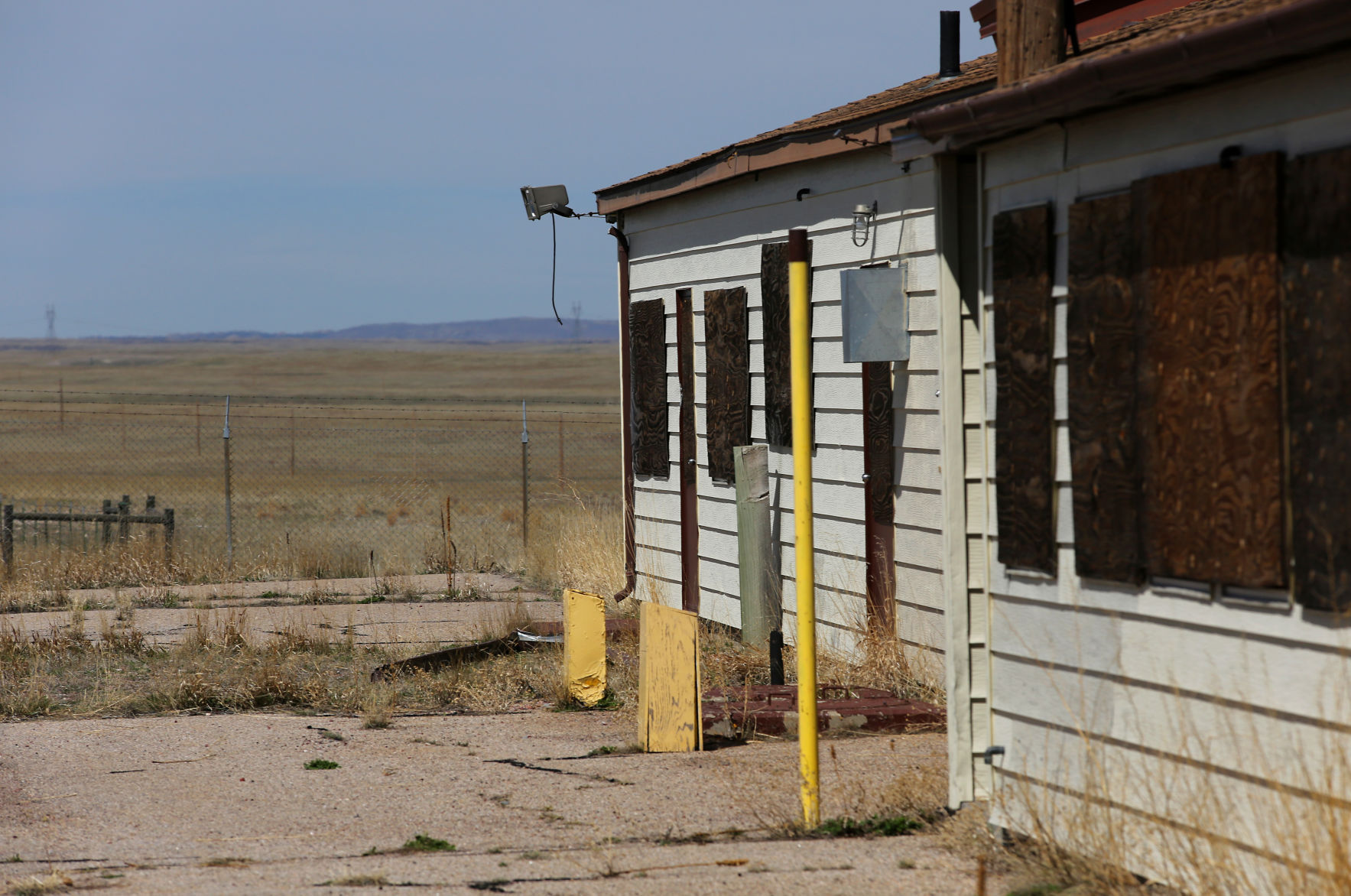
In the US in particular, this came into focus in the early 2000s. It doesn’t take much to spoil a weapon’s yield if a component isn’t operating perfectly. In a nuclear weapon, perfect performance and timing is critical.

Delicate mechanical mechanisms can foul up or wear out over time, explosive components can falter, while electronic components have a limited lifespan, too. This has caused problems for those charged with maintaining decades-old weapons. As countries worked to slim down their warhead stockpiles, there was no need to keep factories running, and many were shut down. Production of nuclear weapons largely stalled out after the frenzied build-up of the Cold War era. The complicated political status of nuclear weapons creates other problems, too. Unlike a static weapon test, there can be very deadly consequences of a nuclear missile test gone wrong, so they simply don’t happen. When the warhead is on the end of a rocket, there’s always the risk that it could end up somewhere inconvenient, or that the rocket could blow up on the pad. When the warhead is on the ground, you can press a button and be pretty confident on where it’s going to end up. That’s often put down to the risk involved. Furthermore, no live test of an nuclear-armed intercontinental ballistic missile has ever taken place. However, since then, those tests have not been repeated.

The US, Soviet Union, and China ran minimal tests in this regard in the 1960s. Nuclear weapons are often intended for delivery by missiles, but the weapons have rarely been tested and fired as complete assemblies. Testing of complete nuclear weapons systems is even rarer. Thus far, though, we’ve only discussed the testing of nuclear warheads themselves. The US held its last live nuclear weapons test in 1992, as part of Operation Julin. China is known to have last ran a test in 1996, while India and Pakistan both ran tests in 1998. When it comes to the major players on today’s world stage, the US executed its last underground nuclear test in 1992, and the Soviet Union in 1990. The last atmospheric test was held by China in 1980, while North Korea has executed nuclear tests as recently as 2017.

Treaty or no treaty, nuclear weapons tests have become exceedingly rare in recent decades. This later expanded into the Comprehensive Nuclear Test Ban Treaty, formed in 1996, that nevertheless has never officially come into effect due to several holdout states. For this reason, most countries signed the Partial Test Ban Treaty of 1963, which banned all nuclear weapons testing save for that done underground.

It tends to leave giant craters in the landscape, and pumps radioactive dust into the atmosphere to spread over neighbouring populations. The problem with nuclear weapons is that testing them is a nasty business. But until you’ve switched it on and made it do its thing, it’s hard to know if it’s going to act as expected. It’s all well and good to draw something up on paper or put it together in the lab. If there’s one thing engineers like to do, it’s to test things. Given that, would the nukes even work if they were fired in anger?Ĭheck and Test The Trinity nuclear test was the first detonation of a nuclear weapon, but sadly not the last. Decades have passed since either Russia or the United States ran a live nuclear weapons test. Those hot-headed threats raise an interesting question, however. And all this as we’re still working our way through the fallout of a global pandemic. A brutal war in Europe raised the prospect of nuclear war as the leaders behind the invasion rattled sabers and made thinly veiled threats to use weapons of mass destruction. 2022 was a harrowing year in a long line of harrowing years.


 0 kommentar(er)
0 kommentar(er)
